Bushnell Voyager 78-9945 Telescope$180.00 to $200.00
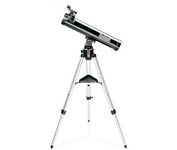
This telescope truly is the ultimate first telescope. The Sky Tour handset will actually speak, giving you a personal real-time tour of the night sky each and every night. Each tour object will include directions associated with it to allow you to quickly find the object with your telescope.
Manufacturer:Bushnell Product MPN MPN | 789945 | Key Features Optical Design | Refractor | Optical Diameter | 114 mm | Focal Length | 900 mm | Miscellaneous UPC | 029757789945 |
Tags:bushnell, voyager, 78-9945, telescope,
| Celestron AstroMaster 90AZ (50 x 90mm) Telescope$199.00 to $270.00
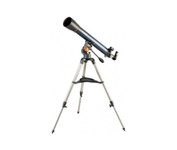
The AstroMaster produce bright, clear images of the Moon and planets. It is easy to see the moons of Jupiter and the rings of Saturn with every one of these fine instruments.
Manufacturer:Celestron Product MPN MPN | 21063 | Key Features Optical Design | Refractor | Optical Diameter | 90 mm | Focal Length | 1000 mm | Max Useful Magnification | x 50 | Mount Type | Altazimuth | Motorized | No |
Tags:celestron, astromaster, 90az, 50, x, 90mm, telescope,
| Bushnell NorthStar 78-8831 (525 x 76mm) Telescope$183.00 to $241.00
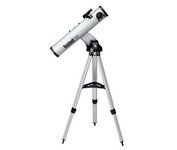
A "talking" high power reflector telescope. Up to 525x magnification and 3-inch reflector mirror. With the touch of a button this talking telescope describes the wonders of the night sky in a real human voice - an interactive and educational way to explore the universe. "Goto" Computerized tracking technology. Red Dot LED finderscope. Remote hand-held control module. Camera adaptable. Quick release tripod. Kinematic mount. Accessory tray. 20,000 Object Onboard Starfinding Computer. 1.25" Format Eyepieces. Barlow Lens. A great starting telescope!Minimize
Manufacturer:Bushnell Product MPN MPN | BUTS788831 | Key Features Optical Design | Newtonians | Optical Diameter | 76 mm | Finderscope | Red-Dot | Focal Length | 700 mm | Max Useful Magnification | x 525 | Mount Type | Altazimuth | Motorized | Yes | Miscellaneous UPC | 029757788825 |
Tags:bushnell, northstar, 78-8831, 525, x, 76mm, telescope,
|
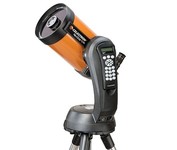
Whether you are a seasoned astronomer looking for a portable scope with advanced features, or just starting your astronomy adventure and looking for an easy way to enjoy the night sky, a NexStar SE will help you take a closer look.
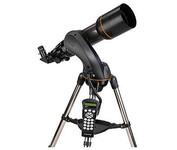
The popularity of our previous short tube refractor models inspired us to go a step further with the introduction of our NexStar 102 SLT. You'll find that astronomical viewing is a delight with this large, powerful 4 telescope.
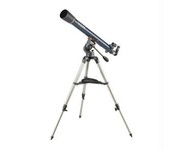
The AstroMaster produce bright, clear images of the Moon and planets. It is easy to see the moons of Jupiter and the rings of Saturn with every one of these fine instruments.
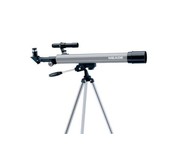
50AZ-P 2.0"/50mm Refractor Telescope Kit, 625mm f/12.5 Achromatic Refractor, Manual Altazimuth Mount






